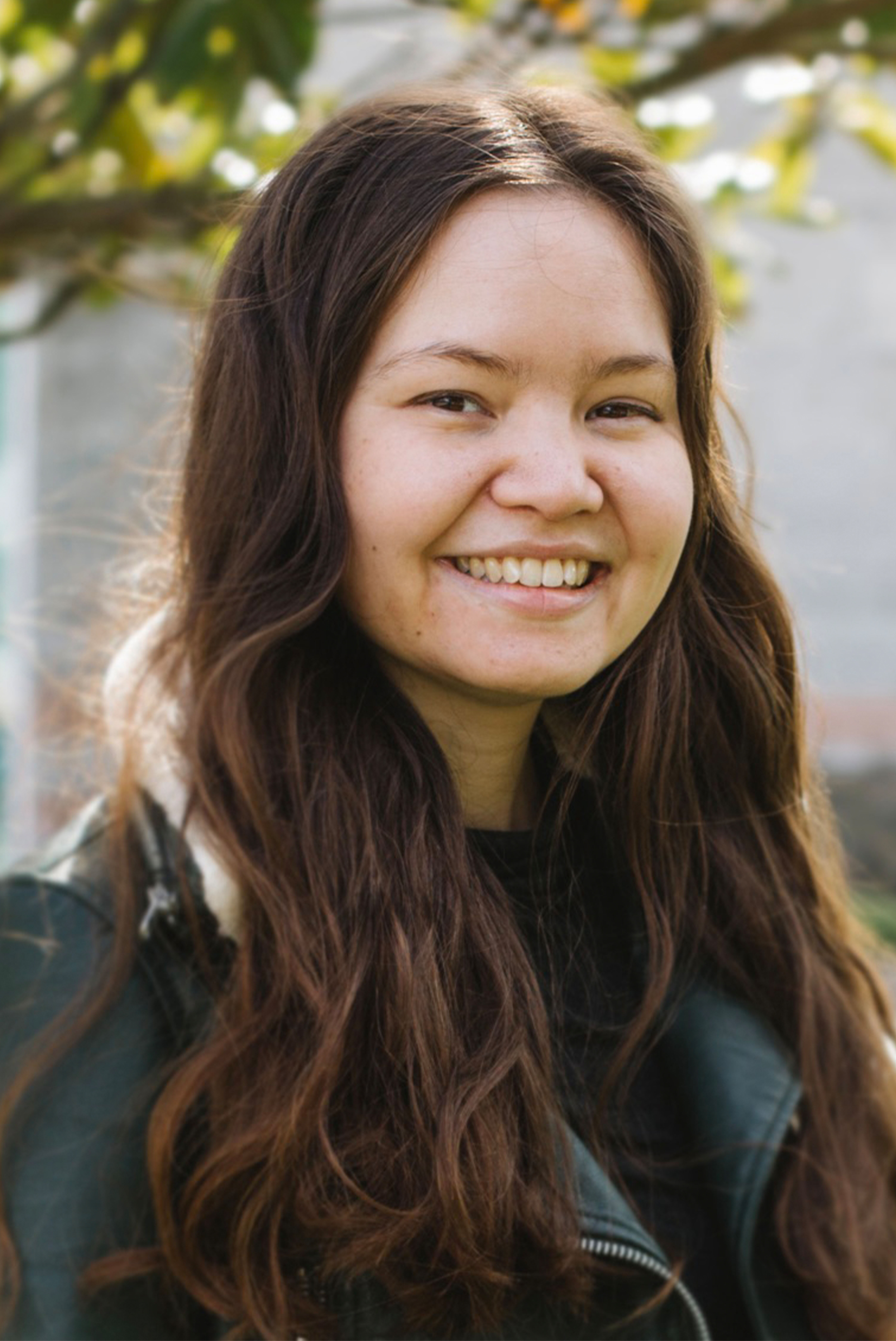As someone who does not fit easily into one cultural “box,” I came to Regent with questions about the role of race, ethnicity, and culture in Christian theology and worship. My father’s side of the family immigrated to North America from all across Western, Northern, and Central Europe, and my mother’s Chinese family lived in Indonesia for generations before also settling in North America. This background combined with a short missionary kid stint in Thailand meant that I always felt a bit like an outsider in church. I look blatantly out of place in “Chinese” churches, but I struggle to actually fit in at predominantly-white churches—even though these churches wouldn’t usually label themselves as ethnic-specific.
"Although our racial, ethnic, and cultural identity may not be at the forefront of our mind when we arrive at church on Sunday, both Scripture and scholarship suggest that they matter."Although our racial, ethnic, and cultural identity may not be at the forefront of our mind when we arrive at church on Sunday, both Scripture and scholarship suggest that they matter. Many before me have exegeted the relevance of geography, language, and cultural identity for the people of God throughout Scripture, culminating in the multilingual yet unified community of Acts 2. In a contemporary study on multiracial churches in the US, sociologists Kersten Bayt Priest and Korie L. Edwards observe that “people can more easily get in ‘tune’ with one another, generate a sense of the sacred together, and reinforce a collective identity when they are in worship spaces with people who are like them ethnically.” 1 Choosing to fellowship with Christians who are racially, ethnically, and culturally different than we are requires considerably more effort and intentionality than gathering with people who are racially, ethnically, and culturally similar.
However, what does this mean for churchgoers who belong to multiple racial or ethnic groups? For my Master’s thesis, I chose to focus on this population. I interviewed nine women about navigating congregational life as a person of mixed race or ethnicity—that is, someone who belongs to more than one racial or ethnic community due to their parental heritage. Respondents ranged in age from 25 to 55, and over the years had attended a combination of at least 24 distinct churches in the Metro Vancouver Area over their lifetime. This article offers just a few highlights from my findings. 2
". . . a common lament was that few others in these churches seemed to realize there might be another way of seeing things—let alone that this different perspective could be held by someone within their midst."Most respondents had, at some point, attended a church that catered towards either a mostly white Canadian audience or a specific ethnic immigrant community. Seven out of nine respondents shared that although one side of their racial or ethnic heritage had matched that of the majority at these congregations, they had felt very aware of being a minority in some way—due to their appearance, their experience, their (multi-) cultural outlook, and/or their theological outlook. Some respondents experienced being treated as “different” by other churchgoers, who commented on their appearance, made racist jokes, or assumed they were a visitor at a church they’d been attending and serving at for a long time. Other respondents found that when they were treated as part of the in-group, they were expected to share certain prejudices about other ethnic communities, sometimes including their own. Overall, a common lament was that few others in these churches seemed to realize there might be another way of seeing things—let alone that this different perspective could be held by someone within their midst. Several respondents grieved their congregations’ lack of exposure to global Christian perspectives, feeling that this impeded their engagement with the global church. For these mixed race women, being in an ethnically and culturally homogeneous congregation could be uncomfortable not only because her other side was in the minority, but also because these communities seemed unaware of the legitimacy and value of different cultures and perspectives altogether.
Fewer respondents—five out of nine—had attended churches with racially and ethnically diverse congregations, and their experiences in these churches were much more positive. These respondents reported feeling much more comfortable in these settings. This was the case even when a respondent was still somewhat of a minority—one respondent noted that although she was one of the only people with South American heritage at a church where most congregants were of Asian descent, the wide acknowledgement of ethnic and cultural differences between even Asian congregants’ experiences made her feel included in the norm rather than an exception. For these women, it made a difference to be in a congregation which saw itself as having a range of ethnic and cultural experiences which affected churchgoers’ lives in different ways.
". . . a lack of understanding about multiracial and multiethnic identity seems to be a barrier to churches recognizing the range of experiences held by mixed race churchgoers."Unfortunately, a lack of understanding about multiracial and multiethnic identity seems to be a barrier to churches recognizing the range of experiences held by mixed race churchgoers. Many respondents felt that they often were treated as though their less visible (or less familiar) side did not exist. One lamented that many friends seem only interested in the “side” of her that relates to their shared white Canadian heritage, and are dismissive of her other “side” being meaningful in her life. Another interviewee expressed frustration at other people overtly refusing to believe that she is mixed because she does not meet their expectation of how a mixed person should “look.” Such interactions made these women feel as though there were limits to how much they could be truly known at church. Chandra Crane, a Christian author on mixed race identity, writes that mixed people “need spaces where we aren’t forced to choose one part of ourselves over another and where we can instead be authentic to the entirety of ourselves.” 3 This authenticity and wholeness of being is integral to Christian life and fellowship—however, as multiracial people in a monoracial world, these mixed race women faced discouraging reactions to their attempts to fully inhabit their whole selves.
In these interactions and others, these women repeatedly ended up accommodating other churchgoers’ lack of comfort with their unfamiliar or unexpected life story. For the aforementioned respondents, this looked like only talking about the parts of their lives that were familiar to other people and that other people were willing to listen to. Other respondents expressed weariness at being bombarded with questions about their ethnicity when first visiting a church. One interviewee expressed that due to the effort required to constantly explain her background, she prefers to do so in longer-established relationships in which trust had been established. However, in some of these church settings, people demanded that she explain herself upon first encounter rather than working to build a relationship with her first.
". . . non-white women face a double hurdle of racism and sexism when it comes to participation in church life and leadership."
For many respondents, the treatment of women within church structures was an additional factor to contend with. Some respondents spoke of the difficulty of finding a church that felt like a good fit in terms of its position on women’s roles and its effort at multicultural inclusion. Several grieved that non-white women face a double hurdle of racism and sexism when it comes to participation in church life and leadership. Interviewees who had served on church leadership themselves were almost always the only non-white women on the team.
Despite the frustrating nature of the above experiences, all nine interviewees spoke appreciatively of being mixed and of their personal faith, which provided a sense of belonging in the universal church that persisted regardless of the circumstances of their local church. Nonetheless, their testimonies point to the importance of considering mixed race people when evaluating racial and ethnic dynamics in our churches. In one of my final interviews, a respondent quoted Matthew 18:12-14 as a guiding Scripture for pastoral care. In these verses, Jesus tells the parable of a good shepherd who, although he has 99 members of his flock accounted for, goes to great efforts to retrieve one lost sheep. In the same spirit, I hope this research draws our attention to those within our churches who are not quite being accounted for. If we seek to truly incorporate mixed race women (and all others whose experiences differ from our own) in meaningful and mutual fellowship, we must not overlook stories which seem too unusual, different, or complicated to understand. Rather, let us invest time and effort in knowing and caring for one another fully.

